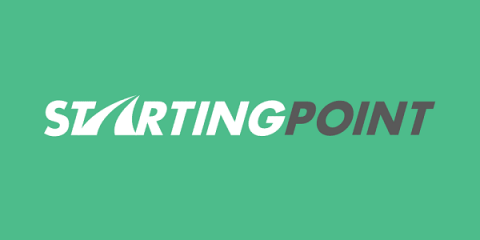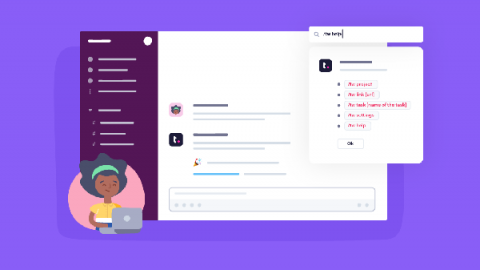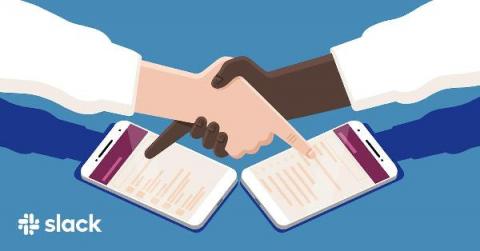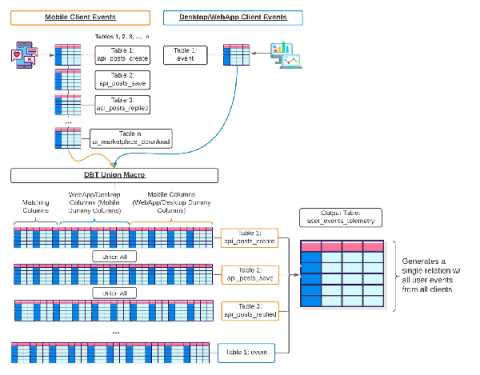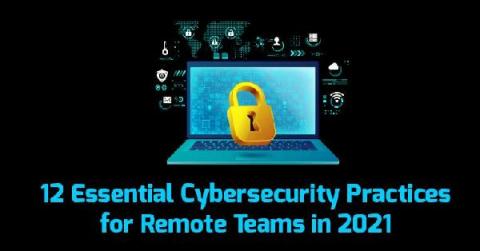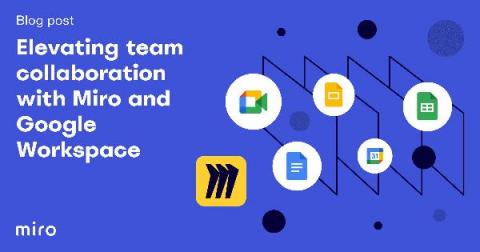Teams | Collaboration | Customer Service | Project Management
Latest News
Risky business! How to get buy-in for your out-of-the-box ideas
Best Customer Service Software For Your Business
When you have access to the best customer service software, you can enhance the overall customer experience and deliver greater levels of customer satisfaction. Customer service software can help to bridge the gap between customer expectations and your existing workflow. If you’re committed to delivering incredible experiences, you must invest in the right tools. 90% of Americans use customer service as a factor in deciding whether or not to do business with a company.
Our Slack integration just got a whole lot better! Here's how you can make the most of our brand new features
Slack is undoubtedly one of our most popular integrations to date. With that in mind, we’ve implemented some of your suggestions to improve your experience using Slack with Teamwork and we think Version 2 of this integration will be a game-changer.
Why Software Accessibility Matters
Making sure your software and its documentation is accessible is not only the right thing to do, it’s the smart thing to do—and it’s actually not that difficult. An accessible product is as usable as possible for everyone, regardless of their physical and cognitive abilities. For example, blind people should be able access your documentation with a screen reader, and neurologically atypical people shouldn’t be distracted by flashing screens, pop-ups, or carousels.
Slack is for closers: Maximizing sales and engaging customers at your digital HQ
How salespeople use Slack to leverage the power of their entire organisation.
What is brand evangelism and how can you inspire it?
What is brand evangelism? Brand evangelism looks like customers standing in line for hours to buy an iPhone (even when they have a perfectly good one from last year). It’s people talking and posting about their Apple products, Lululemon pants, or Patagonia outdoor gear as aspects of their personalities and identities—the way some people talk about their favorite team or musical group.
Manage Dynamic Schemas at Scale with Rudderstack & dbt
I recently had the pleasure of hosting a webinar with the team over at Rudderstack. It focused on Data Engineering and managing dynamic schemas at scale. More specifically, Rudderstack-generated, dynamic schemas at scale. This blog will discuss the tools, software, and methods to do just that.
12 Essential Cybersecurity Practices for Remote Teams in 2021
You’ve hired your remote team, scheduled your projects, and planned your workflows. You’ve heard security terms like virtual private network and Internet of Things, but you’re not quite sure what they mean or what to do about them. You’ve had virus protection software on your devices before, but you’re pretty sure it’s expired by now. The last to do on your list is setting up a cybersecurity plan, but you’re not sure where to start.
Elevating team collaboration with Miro and Google Workspace
Imagine a typical day at work that starts with checking Google Calendar to prepare for where you need to be and when. With engaging discussions, your teams create Google Docs to take notes on the important decisions coming out of the meetings and begin writing briefs to kick off your company’s next big project. Then you turn to Sheets to track the KPIs and leverage Slides to prepare the final presentation for your executive leadership by 4pm that day.




